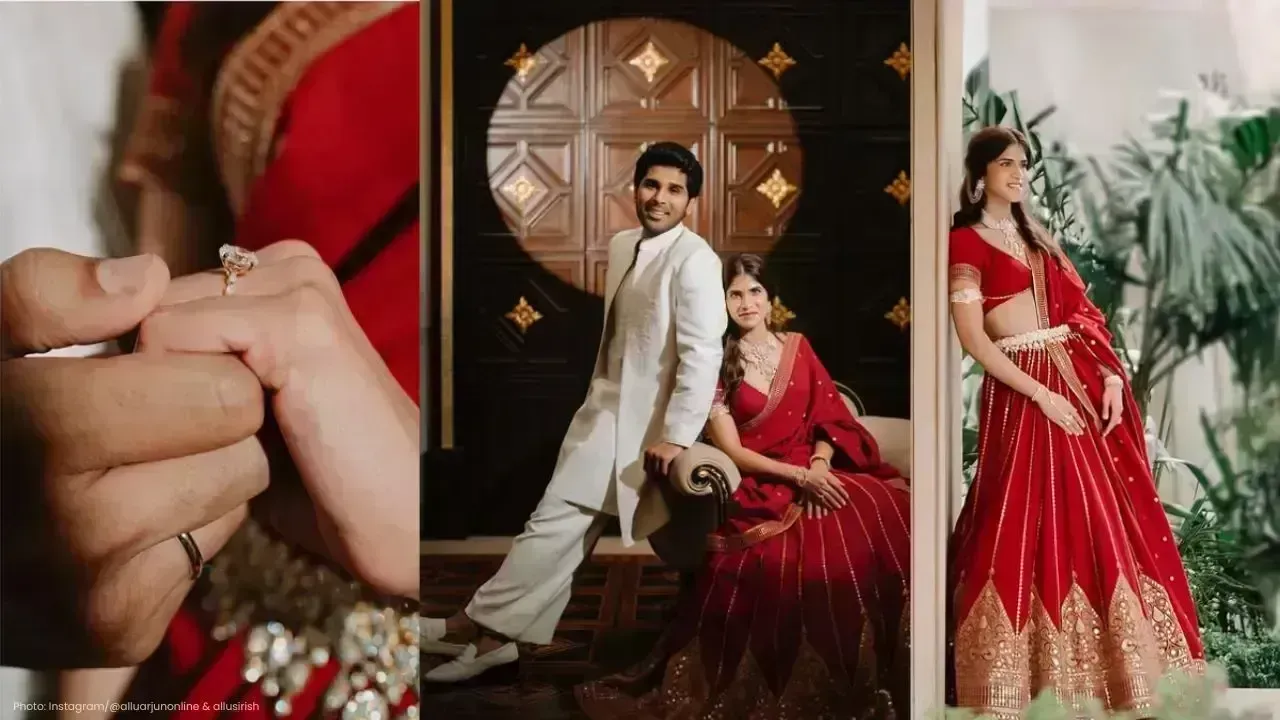You have not yet added any article to your bookmarks!

Join 10k+ people to get notified about new posts, news and tips.
Do not worry we don't spam!

Post by : Anis Farhan
Asia’s megacities have always been defined by their movement. From the bustling tuk-tuks of Bangkok to the bullet trains of Tokyo, public transport is more than just a way to get from one point to another — it’s a mirror of each city’s growth, culture, and technological ambition. Over the past few decades, the evolution of public transport in Asia has been nothing short of extraordinary, shaped by rapid urbanization, population growth, and a rising demand for cleaner, smarter, and faster mobility solutions.
Before high-speed rails and app-based ticketing systems became the norm, public transport in Asia’s biggest cities was a mix of traditional and improvised systems. In the early 20th century, trams and buses were the backbone of urban mobility in cities like Hong Kong, Kolkata, and Manila. Rickshaws, both hand-pulled and cycle-powered, served as affordable short-distance transport for the masses.
These systems were often fragmented, locally operated, and accessible to only a part of the population. The lack of integrated planning meant traffic congestion and inefficiencies were common even decades ago, setting the stage for more centralized and ambitious public transport projects in the years to come.
Asia’s rapid urban expansion in the late 20th and early 21st centuries created unprecedented challenges. Cities like Jakarta, Mumbai, and Manila saw population densities soar, putting immense pressure on roads and traditional transport. The daily commute for millions became longer and more stressful, often involving multiple modes of transport.
Governments began to recognize that without efficient public transport systems, economic growth could stall. This realization triggered massive investments in metro rail networks, bus rapid transit systems, and modern commuter trains. The aim was not just to move people faster but to reshape entire cities into more livable, interconnected spaces.
The metro has become the signature transport system of many Asian megacities. Tokyo, Beijing, Seoul, and Singapore have developed metro systems that are recognized globally for their punctuality, coverage, and efficiency. Cities like Delhi, Bangkok, and Ho Chi Minh City are catching up quickly, expanding their networks at record speed.
Metro projects are not just about trains — they integrate smart ticketing, real-time tracking, and multimodal connections to buses, taxis, and bicycles. Underground and elevated stations have also evolved into community hubs, hosting retail outlets, restaurants, and cultural exhibits, making commuting a more pleasant experience.
For cities where building extensive metro networks is either too costly or impractical due to urban density, Bus Rapid Transit (BRT) systems have emerged as a solution. Jakarta’s TransJakarta, Guangzhou’s BRT, and Seoul’s bus network have transformed how millions commute daily.
Electric buses are becoming the next step in this evolution. China, in particular, has led the global adoption of electric buses, with cities like Shenzhen converting entire fleets to zero-emission models. This shift reduces air pollution, lowers operational costs, and positions public transport as a key player in environmental sustainability.
While metros and buses serve within cities, high-speed rail (HSR) connects them across regions and countries. Japan’s Shinkansen, China’s vast HSR network, and the Seoul–Busan KTX have revolutionized intercity travel. These systems have dramatically cut travel times, making it feasible to live in one city and work in another.
In Southeast Asia, HSR projects like the Kuala Lumpur–Singapore line are in development, signaling a future where megacities are not isolated hubs but interconnected economic corridors.
Technology has become central to the evolution of public transport. Mobile ticketing apps, real-time traffic updates, and AI-powered scheduling systems have made commuting more predictable and less stressful. QR codes have replaced paper tickets, and contactless payment cards allow for seamless transfers across transport modes.
Some cities are experimenting with predictive AI to anticipate congestion and adjust train or bus frequency accordingly. Singapore’s Land Transport Authority, for instance, uses data analytics to fine-tune bus schedules and reduce wait times during peak hours.
With climate change concerns growing, sustainability is no longer an optional feature in transport planning — it’s a requirement. Asian megacities are adopting green mobility strategies, from electric trams in Chinese cities to solar-powered metro stations in India. Bicycle-sharing programs in Beijing, Tokyo, and Jakarta are integrating with public transport, offering commuters eco-friendly “last-mile” options.
Low-emission zones, congestion pricing, and incentives for electric vehicle adoption are becoming common tools to make public transport more attractive than private cars.
Public transport in Asia is more than an infrastructure system — it’s part of the cultural identity of each city. The chaotic charm of Manila’s jeepneys, the efficiency of Tokyo’s morning rush, and the art installations in Singapore’s MRT stations reflect how deeply mobility is intertwined with local culture.
Some cities even turn their transport systems into tourist attractions. Hong Kong’s iconic Star Ferry and tramways, for example, are as popular with visitors as they are with residents. In Bangkok, riverboats provide not only a scenic route but also a practical alternative to congested roads.
Despite the impressive progress, challenges remain. Overcrowding during peak hours, rising maintenance costs, and balancing affordability with financial sustainability continue to test city planners. In developing megacities, informal transport systems still play a major role, and integrating them into formal networks without displacing livelihoods is a delicate process.
Another pressing issue is inclusivity. Ensuring that transport systems are accessible to people with disabilities, the elderly, and low-income communities remains a work in progress in many cities.
Strong governance has been a critical factor in successful transport systems. Cities like Singapore and Seoul demonstrate how consistent policy, long-term investment, and public engagement can yield world-class infrastructure. On the other hand, cities with fragmented planning or political instability often see delayed projects and underused facilities.
Public-private partnerships are increasingly being used to fund large-scale projects, with governments providing regulatory oversight while private companies handle operations and innovation.
Looking ahead, Asia’s megacities are already preparing for the next leap — autonomous public transport. Trials of self-driving buses and trains are underway in Japan, China, and Singapore. These systems promise not only to cut labor costs but also to improve safety and efficiency through precision driving.
Hyperloop-style vacuum trains, though still in the experimental stage, are being discussed in countries like India and China as part of long-term visions for ultra-fast, low-emission travel.
Public transport is more than a service — it shapes how cities grow, how people connect, and how economies function. Efficient systems reduce traffic congestion, improve air quality, and make cities more inclusive. They also influence where businesses choose to locate and where people decide to live.
In a region where megacities will continue to expand, the role of public transport will only become more central to economic competitiveness and quality of life.
The story of public transport in Asia’s megacities is one of transformation. From humble beginnings with rickshaws and trams to sprawling metro networks and high-speed rail, these cities have redefined mobility for billions of people. The next chapter will likely blend advanced technology, sustainability, and cultural sensitivity to create systems that are not just efficient, but also inspiring.
This article is based on observed developments, official announcements, and urban mobility trends as of 2025. Future changes in technology, policy, or global events may influence the direction of public transport in Asia’s megacities.










Two Telangana Women Die in California Road Accident, Families Seek Help
Two Telangana women pursuing Master's in the US died in a tragic California crash. Families urge gov

Ranveer Singh’s Dhurandhar Roars Past ₹1100 Cr Worldwide
Ranveer Singh’s Dhurandhar stays unstoppable in week four, crossing ₹1100 crore globally and overtak

Asian Stocks Surge as Dollar Dips, Silver Hits $80 Amid Rate Cut Hopes
Asian markets rally to six-week highs while silver breaks $80, driven by Federal Reserve rate cut ex

Balendra Shah Joins Rastriya Swatantra Party Ahead of Nepal Polls
Kathmandu Mayor Balendra Shah allies with Rastriya Swatantra Party, led by Rabi Lamichhane, to chall

Australia launches review of law enforcement after Bondi shooting
Australia begins an independent review of law enforcement actions and laws after the Bondi mass shoo

Akshaye Khanna exits Drishyam 3; Jaideep Ahlawat steps in fast
Producer confirms Jaideep Ahlawat replaces Akshaye Khanna in Drishyam 3 after actor’s sudden exit ov